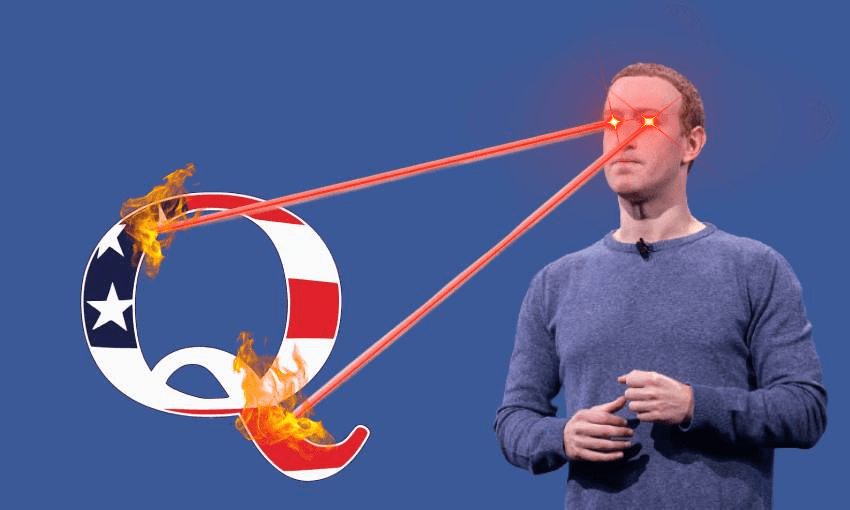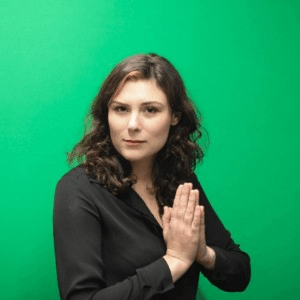New Zealand’s schools are far from perfect, but Auckland school principal Claire Amos argues that a newly-released report critical of our education system is riddled with biased assumptions.
This week the New Zealand Initiative published their latest missive addressing the supposed “rot at the core of schooling in New Zealand”. Briar Lipson’s report titled New Zealand’s Education Delusion: How bad ideas ruined a once world-leading school system claims to explore “the origins and consequences of New Zealand’s unchecked adherence to child-centred orthodoxy, contrasts the scientific consensus about how children learn with the different and, in many ways, contradictory advice given to educators and policymakers, it exposes how parts of the research community confuse evidence with values, and uncovers how curriculum and assessment policy rest on a flawed philosophy”.
In plain English, the author claims that New Zealand education is in the grips of a veritable death spiral as the result of a child-centred approach to teaching and learning, an overly flexible curriculum and an education system that, she believes, ignores the science about how children learn best.
However, what is positioned as an explosive exposé of the state of education in New Zealand comes off as little more than a hyperbolic opinion piece from a right-leaning educational researcher who has clearly never had the privilege of teaching in a New Zealand school.
So wait, who actually wrote this report? According to the New Zealand Initiative website, Lipson is a research fellow specialising in education. Before joining the group, she was a maths teacher and assistant principal in London, where she also co-founded the Floreat family of primary schools. Lipson has worked for international education consultancy CfBT, the Westminster think tank Policy Exchange, and holds a Masters Degree in Economics from the University of Edinburgh.
I think it’s important to place Lipson (and therefore this report) in its context. During her time at London-based conservative think tank Policy Exchange, Lipson worked with Conservative Party MP and former UK Education Secretary Michael Gove. Lipson is clearly a right-leaning “researcher” who works for equally right-leaning conservative think tanks. Ironic that her report calls out “groupthink” when she clearly represents exactly that.
Lipson is determined to position herself as the provocateur coming across as determinedly adversarial, even going so far as to name and shame a slew of highly regarded New Zealand researchers and academics so as to show she means business. With her overly simplistic and often binary assertions around knowledge versus skills, it’s almost like she’s trying to incite the oft toxic debates that exist in England where the curriculum has been slimmed down significantly so that teachers can focus on the “essential knowledge and skills every child should have”, moving away from internal assessments and returning to more focus on external examinations.
If the aim of our education system is purely about creating academics then yes, a heavier focus on knowledge would be better. But now more than ever, we’re preparing students for all kinds of future lives, and our industries and communities need our young people to develop knowledge and competencies that will allow us to flourish. Lipson would like us to prescribe a syllabus and determine singular definitions of “powerful knowledge”, but the problem with doing that is: who’s knowledge are we talking about? This runs a very real risk of becoming a colonial tool putting old western knowledge ahead of indigenous communities.
In her more measured moments, Lipson explores the need for a focus on building both knowledge and competencies. This assertion is sound and I suspect there are few who would disagree. It is, however, her assumption that these are not priorities of New Zealand educators and institutions because they are “child-centred” which is inaccurate and ill-informed. In fact, a “localised curriculum”, as defined by the New Zealand Curriculum, effectively balances knowledge and future-proofed skills in a context and in a way that is relevant and powerful for each young person and their community.
Lipson also raises concerns about the Ministry of Education and our leading educational researchers ignoring “cognitive science”. I have no doubt that those very researchers would agree we can always do better and that we always have learning to do, but I’m not sure they would so heartily agree that we ignore any science (especially that cognitive stuff), although we undoubtedly focus on the science and research that meets the needs of our learners in our context. The science she highlights as the “right science” is, in a sense, exactly that – right-leaning research that reinforces her views. Of course, we can all fall into that trap – we all have our own biases and perspectives – but to suggest that we collectively ignore cognitive science is patently untrue, it’s just that we might not elevate the particular “research” that she holds dear.
And as for being worried about declining results in reading, maths and science (according to OECD PISA testing), I think the more interesting and relevant question is about what (and how) PISA actually measures learning and if it’s even a relevant measure of success. To quote leading international educational expert Dr Yong Zhao: “The foundation upon which PISA has built its success has been seriously challenged. First, there is no evidence to justify, let alone prove, the claim that PISA indeed measures skills that are essential for life in modern economies. Second, the claim is an imposition of a monolithic and West-centric view of societies on the rest of the world. Third, the claim distorts the purpose of education.” So is the measure of success Lipson hinges the whole report on really that relevant?
This is not to say that the New Zealand education system is perfect. We are, like most countries, aware of growing economic, educational and digital divides that mean we have challenges around equity and catching those who continue to fall through the cracks. We are living in increasingly complex times that call for agile and responsive approaches to learning. What Lipson regards as rotten I see as ripe – ripe for evolving and responding to the needs of our community and our country.





